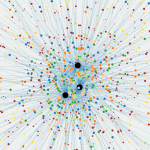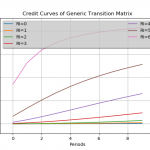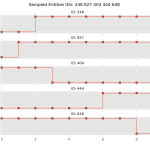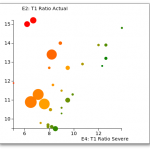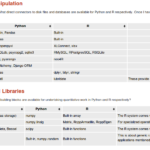
Python versus R Language: A side by side comparison for quantitative risk modeling
Motivation for the comparison
A large component of risk management relies on data processing and quantitative tools. In turn, such information processing pipelines and numerical algorithms must be implemented in computer systems.
